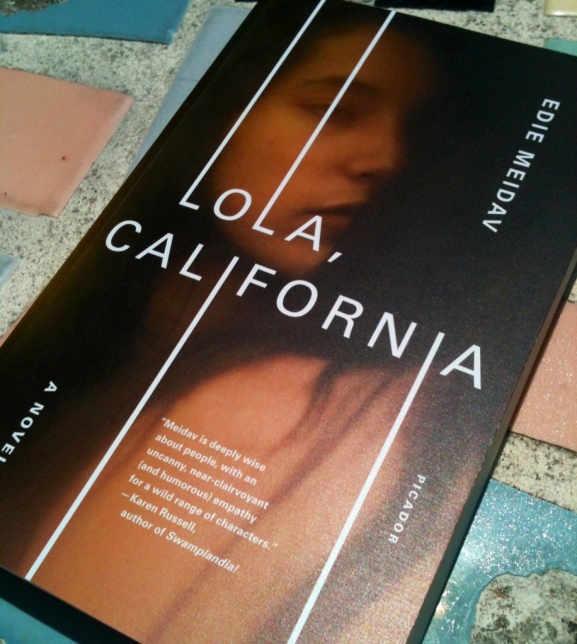
Short stack of fat books from Picador this month.
Some highlights:

Tony Horwitz’s Midnight Rising piqued my interest last year when it came out in hardback. I am a buff of the American history. From Kevin Boyle’s review in the NYT last year:
. . . Horwitz has given us a hard-driving narrative of one of America’s most troubling historical figures: the fearsome John Brown, whose blood-soaked raid on the federal armory at Harpers Ferry, Va., in October 1859 — a “misguided, wild and apparently insane” act, in the abolitionist William Lloyd Garrison’s words — helped to push the nation into the most devastating war it would ever endure.
In Horwitz’s telling, Brown was set on the road to Harpers Ferry from birth. His parents were fervent Calvinists who raised their children to see life as a constant struggle against sin. Much of the battle was personal: Brown’s earliest memory, from age 5, was of being whipped by his mother for having stolen a handful of brass pins. But it was political as well. The Browns believed that the devout had to bear witness against the sins of the nation. And there was no greater sin, they said, than the institution of slavery. So Brown’s father turned the family home in northeast Ohio into a stop on the Underground Railroad. And he turned his son into an ardent abolitionist.
Horwitz moves nimbly through Brown’s deepening involvement in the movement in the 1830s and ’40s, setting his devotion alongside the growing national conflict over slavery’s place in a country ostensibly dedicated to equality. Abolitionism was then dominated by pacifists like Garrison, who insisted that the evil could be destroyed by moral suasion. Brown didn’t agree. In 1837 he gathered together his wife and three teenage boys — the eldest of 20 children he would father — and asked who among them “were willing to make common cause with him in doing all in our power to ‘break the jaws of the wicked and pluck the spoil out of his teeth.’ ”

Edie Meidav named her third novel Lola, California, which I think is a pretty great name for a novel. Ellen Wernecke reviewed it in hardback for The AV Club last year and gave it an “A” (NB: I almost always disagree with AV Club’s reviews and I think grading books is a ridiculous gesture. Still):
A decades-old murder in New Age-inflected Berkeley forces a reunion between two high-school best friends in Edie Meidav’s textured, disquieting third novel. Lola, California plumbs the rise and fall of a friendship, finding its terrifying resonance for the adults it produced. Former Berkeley professor and ’70s guru Vic Mahler sits in a California prison with brain cancer, an unwitting cause célèbre for opponents of the tough new death penalty under which he is sentenced to die. Even though he won’t see her, a lawyer named Rose, who practically grew up in Vic’s house, believes she can secure him a stay so he can die in peace. After they met at 14, Rose and Vic’s daughter Lana were so inseparable, they called each other by the same name, Lola, sharing clothes and secret dances; even when sneaking out on Lana’s parents or Rose’s foster mother, they always went home together. After Vic’s arrest, Lana walked out of her best friend’s life, moving to L.A. and changing her name. The former best friends reencounter each other at a hot spring where Lana has moved with her new boyfriend, who hopes to follow in Vic’s footsteps.




